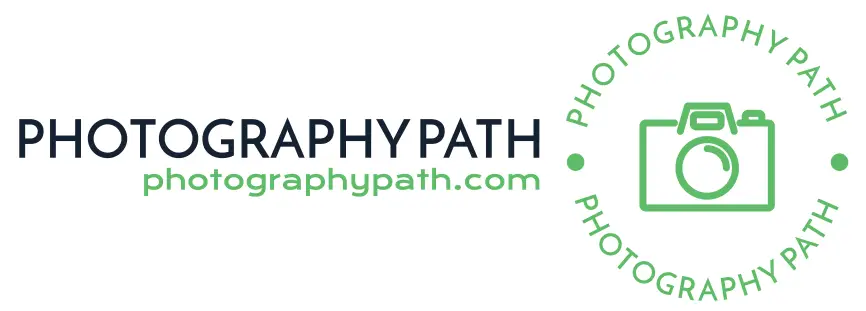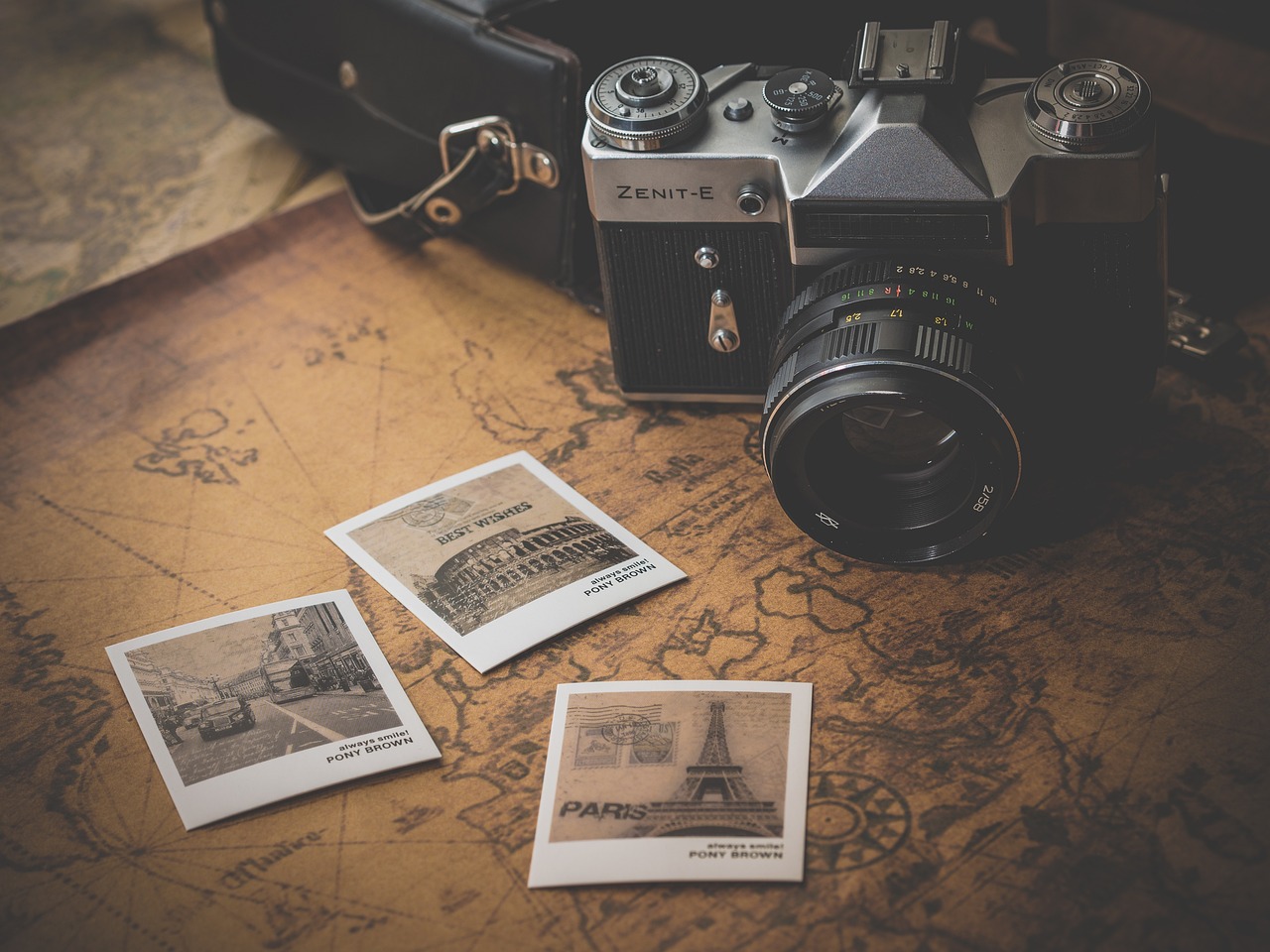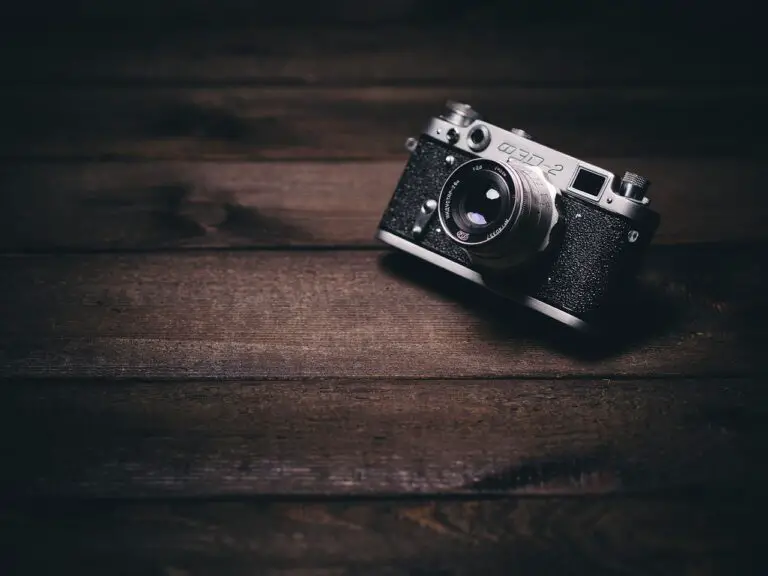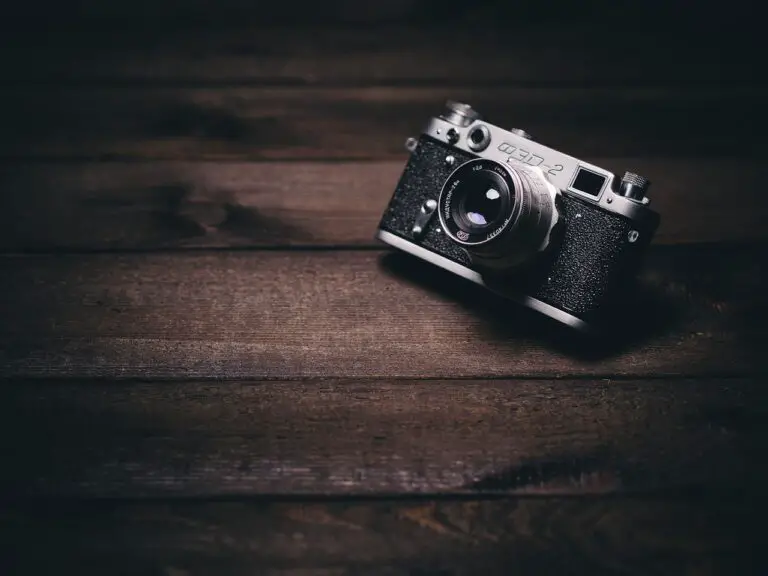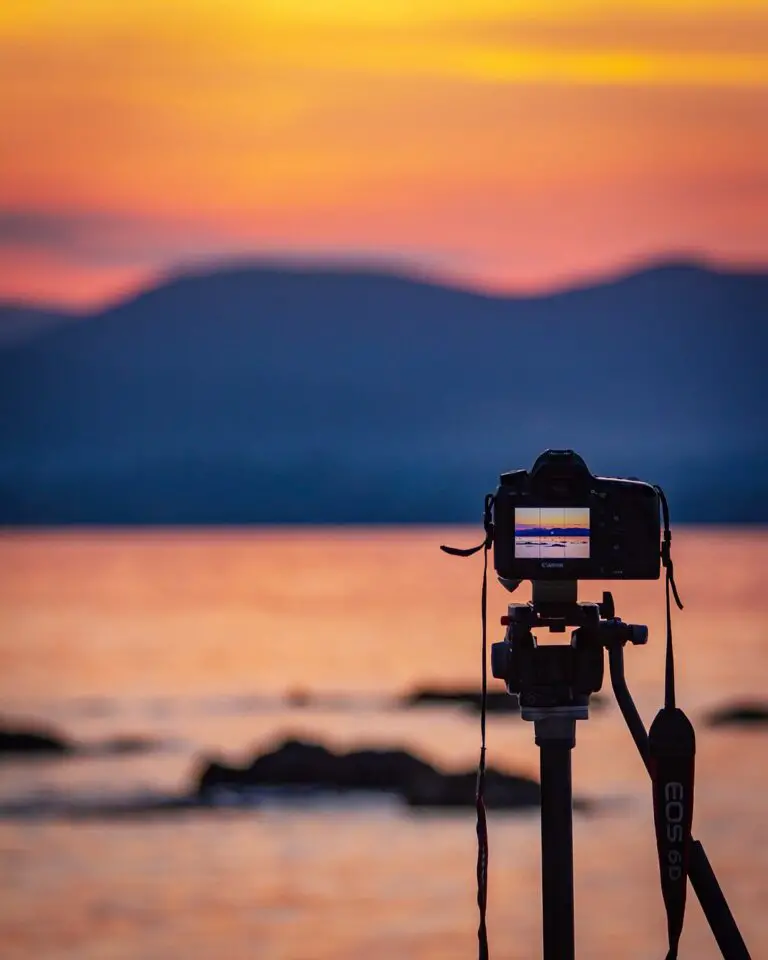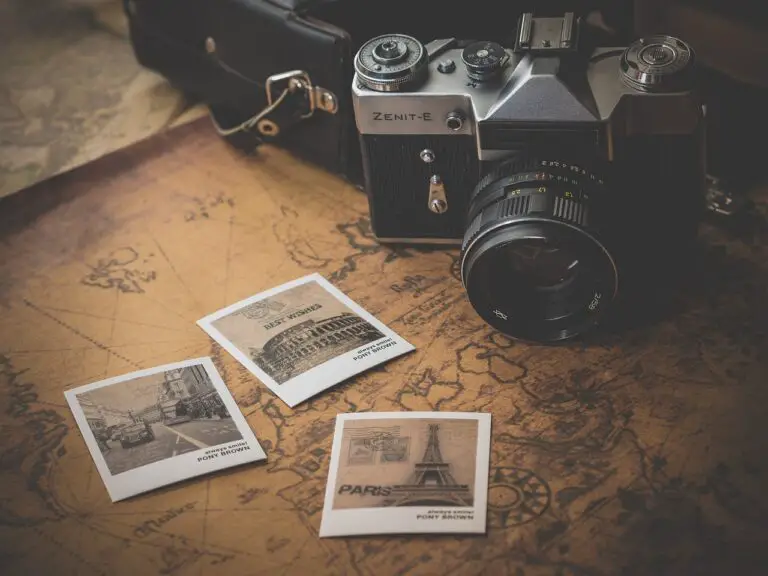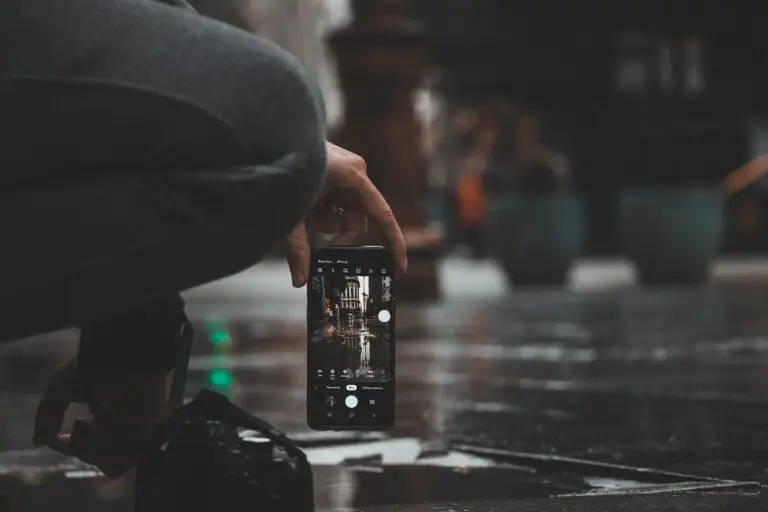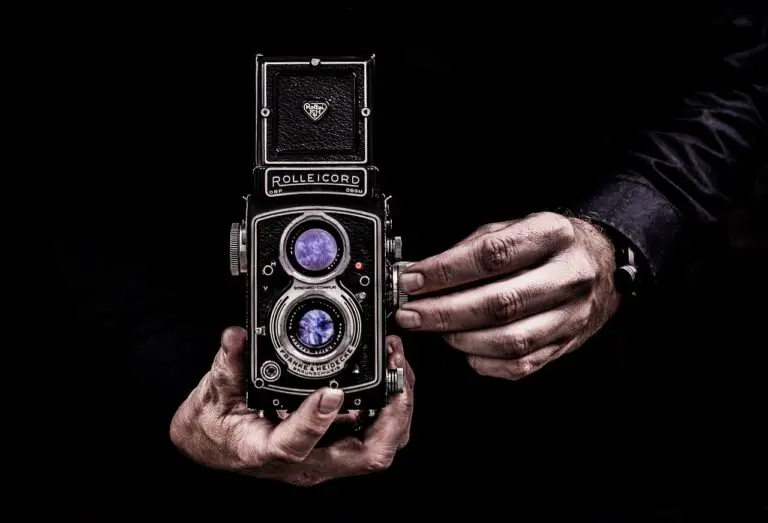What Does Contrast Mean In Photography
Captivating Photos Created with Contrast
Contrast in photography refers to the variation in tones between the darkest and lightest areas of an image. It is a fundamental element that helps to create depth, dimension, and visual interest in a photograph. Contrast is achieved by placing two or more elements with vastly different tones next to each other, thereby emphasizing their differences and making them visually stand out.
Contrast: Crucial Element in Black and White Photography
In terms of black and white photography, contrast plays a crucial role as it creates a stark separation between the shades of gray, with the blackest areas and whitest areas acting as the extremes. The greater the difference between these extremes, the higher the contrast. This can be achieved through the use of strong lighting techniques or by manipulating the exposure and post-processing of the image.
Striking Contrast: Power of Color Photography
Contrast in color photography, on the other hand, is concerned with the difference in tone and color between different elements within the frame. Vividly contrasting colors can create a visually striking image, grabbing the viewer’s attention and creating a strong focal point. Contrasting colors can be found in nature or can be created by carefully choosing complementary colors that are opposite each other on the color wheel.
Mastering Contrast: Essential for Photographers
Overall, contrast in photography is a powerful tool that helps to enhance the visual impact of an image. It allows photographers to emphasize important elements, create mood and atmosphere, and guide the viewer’s eyes through the composition. Understanding and effectively using contrast is crucial for photographers, as it enables them to create images that are visually engaging and captivating to the viewer’s eye.
